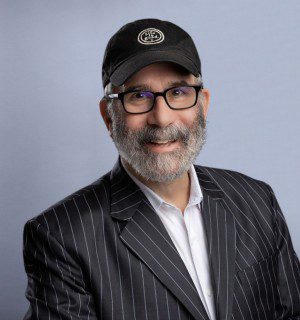We can’t look at the latest news items without seeing that a think-tank or an edgy platform speaker is talking about the coming convergence of medicine and technology, spotlighting the latest idea from the engineer’s bench that’s moved into the doctor’s examination room. Many who are just opening their eyes to the possibilities of digital/health, health/tech and medical/tech, may see this as a groundbreaking, fast-paced trend.
If this is you, think again. As you see these advances come to life, keep in mind that the marriage between health and technology was first celebrated long ago.
If we look back in time – from Pharaonic Egyptian physicians mixing herbs for early medicines to the Enlightenment-era introduction of small pox vaccines, and from Victorian Era stethoscopes to today’s unlocking of the secrets of the human genome – we see that the marriage between medicine and technology has been a force for advancing care and its delivery for millennia.
Medicine and Technology go Way Back
Medicine is not a newcomer in welcoming technology into surgical suites, doctor’s offices and hospital systems. Nor, is health/technology new to connecting patient to physician to transform life-saving data into better management of illness. Health has long been a behind-the-scenes pioneer in demonstrating the life-sustaining value of technology.
Think of the Holter monitor, which measures heart function and rhythm. Norman Jefferis “Jeff” Holter, who invented the iconic monitor that still bears his name, was a biophysicist – not a physician – who imagined that a portable device for monitoring the electrical activity of the heart could save lives. He worked with a leading cardiologist, and the welding of medicine and technology they forged led to this now ubiquitous technology.
The “Cool” Factor of Technology has Practical Medical Roots
Now, watches, patches and other wearables are based on the technology that all started with Holter’s 30-pound, non-portable hospital device. The “cool” factor of measuring heart function is now standard on Fitbit, Garmin and almost any sports wearable watch. Apple has taken heart rhythm monitoring to another consumer-enticing phase – well covered in business, medical and tech media – by adding the feature to its iWatch. Behind-the-scenes, a US-based cardiac monitoring company called BioTelemetry worked with Apple to advance this technology.
Whether they take the form of neurotransmitters that people use to adjust Parkinson’s symptoms; artificial hearts that doctors use to keep patients waiting for transplants alive; exoskeletons that offer paraplegics mobility; robotics that enable surgeons to “dry-run” complex surgeries; or artificial intelligence (AI) systems that enable a person with a pressing health concern to air their problem, home in on a diagnosis and then automatically schedule an appointment with a specialist, technology and medicine didn’t just converge suddenly – they have been in harmonious relation for centuries.
Medicine Has So Many Steps – Technology Often Rushes First to Consumers
Why do we think the connection between medicine and technology is new? Why does progress appear so sudden and miraculous? Why doesn’t it hit the front pages of the New York Times or Wall Street Journal more frequently? Actually, it does, but it’s the technology we hear about first, not its practical application in hospital beds that transform a patient’s electromagnetic pulses into actionable, life-extending information; digital therapeutics; or AI’s use in the invention of dental equipment that fits into your mouth, unnoticed.
Technology’s integration into medicine takes many steps before an idea is welcomed into wide practice, steps that must be proven through clinical evidence. New ideas must be reviewed by regulatory authorities, and budgeted and integrated into the system by health providers. Providers and patients must be trained on their correct use. Someone other than the consumer must pay for the technology. That’s why technology companies often rush their cutting-edge ideas to the consumer market first. Then, after proving economic viability, they make their way into the healthcare setting.
Marriages have their complexities. They require understanding between parties, and each player brings their strengths to the table. So, it is with medicine and technology, a marriage made from life-saving necessity centuries ago. And, as long as technologists and physicians are inspired by transformative ideas that improve the human condition, it’s a marriage we will be celebrating for years, and centuries, to come.
